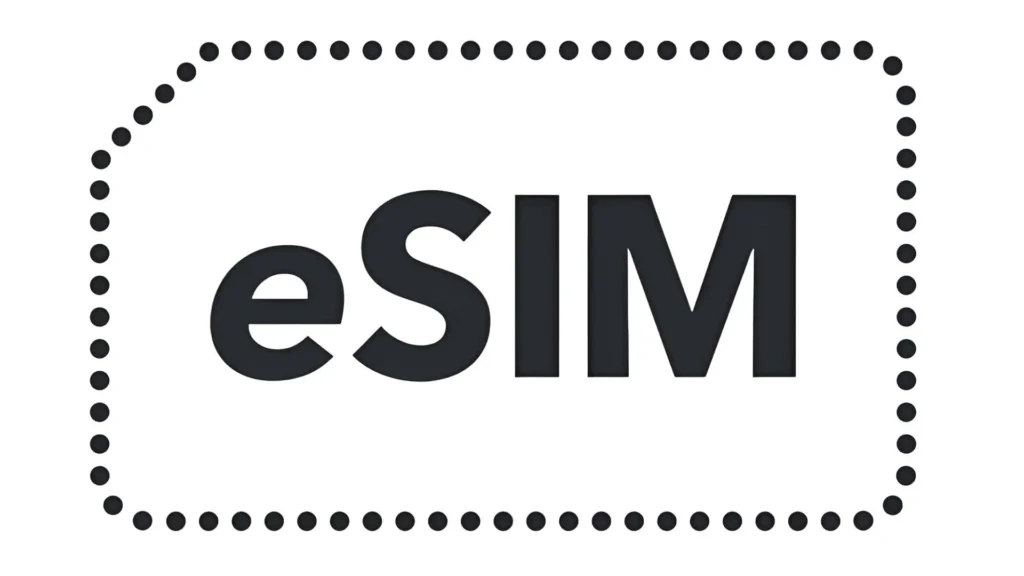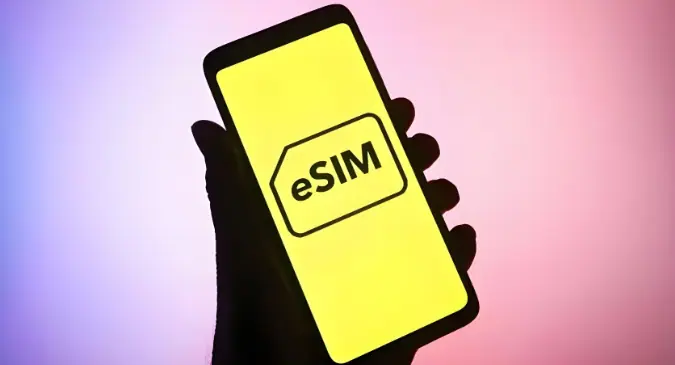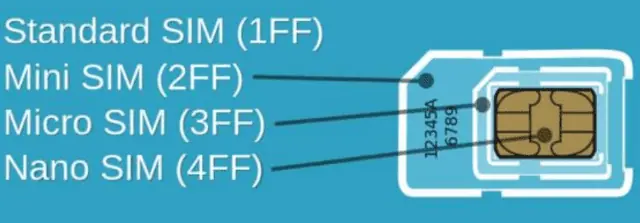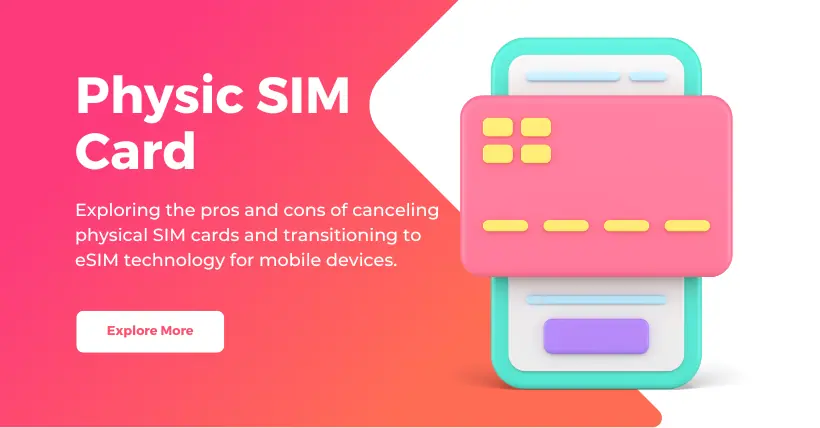Recently, the discussion about whether to eliminate physical SIM cards has once again become a hot topic, especially with the news that the new iPad, released on May 7, has removed the SIM card slot and fully embraced eSIM technology, further heating up this debate.
01
eSIM eliminates the need for manual card insertion
At Apple’s May 7th event, not only did the new iPad garner significant attention, but the eSIM it supports also became a focal point for many consumers.

eSIM, short for “Embedded SIM,” is a revolutionary communication technology that marks a significant shift from traditional physical SIM cards to a more digital and miniaturized form.
Unlike the familiar physical SIM cards that need to be manually inserted into phones or other mobile devices, eSIM is a small chip embedded directly inside the device. It is no longer a removable or replaceable physical component but is configured and activated through software.

Since eSIM is directly integrated into the device’s motherboard, it eliminates the need for a SIM card slot, significantly saving valuable internal space. This allows manufacturers to improve space utilization for batteries and other expansions. Additionally, without an exposed SIM card slot, the device’s waterproof and dustproof capabilities are greatly enhanced, extending the device’s lifespan.
02
The evolution of SIM cards: from large to nonexistent
The SIM card (Subscriber Identity Module) has undergone an evolution from large to small and from physical to virtual since its inception. This journey not only reflects the rapid advancement of mobile communication technology but also mirrors the changing user needs and device designs.

1991: The birth of the large SIM card
The story of SIM cards began in 1991 with the “standard SIM” or “1FF” (First Form Factor), measuring approximately 85×54 millimeters, similar to a credit card. Despite its large size, it enabled the portability of user identity information for the first time, marking the beginning of personalized mobile communication services.
1996: Mini SIM card
As mobile phones became smaller, the Mini SIM card (2FF) emerged in 1996, reducing its size to 25×15 millimeters, about one-fourth the area of the first-generation SIM card.
The Mini SIM card became the mainstream for nearly a decade, supporting early GSM phones and some 3G phones, significantly advancing compact mobile phone design.
2010: Micro SIM card
With the advent of smartphones, Apple introduced the iPhone 4 in 2010, using the Micro SIM card (3FF), further reducing its size to 15×12 millimeters.
The Micro SIM’s emergence catered to the need for thinner and more compact phone designs, marking another crucial milestone in the size revolution of SIM cards.
2012: Nano SIM card
The Nano SIM card (4FF) was introduced in 2012, measuring only 12.3×8.8 millimeters and being even thinner, becoming the smallest SIM card at the time.
The Nano SIM card mainly served the increasingly thin and light smartphones and tablets, almost reaching the physical SIM card miniaturization limit, further freeing up internal space and promoting waterproof and dustproof features.
2016 to present: The rise of eSIM technology
With the rise of the Internet of Things (IoT) and wearable devices, eSIM technology began to be widely adopted around 2016. eSIM completely abandoned the physical card form, using embedded chips and remote configuration to achieve true “card-free” functionality.
This innovation not only addressed device space constraints but also greatly enhanced user flexibility in choosing and switching carrier services, marking a new stage in SIM card technology development.
From the size iteration of physical SIM cards to the birth of eSIM, the evolution of SIM cards is a story of mutual advancement between communication technology and user demands. Each size reduction challenged the limits of technology, while the emergence of eSIM heralds a future trend towards more intelligent and convenient mobile communication.
03
Challenges and Opportunities of eSIM: A Double-Edged Sword Reshaping the Communication Landscape
Challenges: Overcoming Traditional Barriers
Although eSIM technology can bring convenience to users, it requires the establishment of unified standards and protocols among global operators to achieve seamless switching between carriers. This involves not only technical compatibility issues but also coordination of commercial interests among operators, making the advancement process complex.
For users accustomed to physical SIM cards, understanding and accepting the concept of eSIM might take time. Educating the market and making ordinary users aware of the convenience and security of eSIM is a significant challenge during the initial promotion phase. Similar to the transition from 4G to 5G, even now, the number of 4G phone users is still comparable to that of 5G.
Observing different age groups as a sample, it becomes evident that different age groups have varying attitudes toward switching carriers and adopting new technology.
For older users, increased freedom to change carriers also means a greater need for self-management skills. How to make the best choice among many options and how to handle the transfer of old numbers are issues that need consideration.
Opportunities: Redefining User Experience
Since eSIM technology frees up internal device space, it promotes ultra-thin design, waterproof and dustproof features, providing endless possibilities for innovative designs in smartphones, wearable devices, and even IoT products. This could change the current situation of product homogeneity.
If you are a frequent international business traveler or a travel enthusiast, eSIM’s feature of not needing to change physical cards allows for flexible selection and switching of carrier services based on your destination, greatly enhancing convenience in terms of card changing operations and service inquiries.
In terms of core experience, the proliferation of eSIM forces operators to shift from price competition to competition in service quality and innovation, promoting the emergence of new business models such as flexible packages and customized services, which is beneficial for the healthy development of the entire industry.
04
eSIM FAQs: Addressing Your Concerns
Q: Will using eSIM affect my original phone number?
Using eSIM will not necessarily affect your original number. You can choose to retain your original number as your primary number and use eSIM as a secondary card for data services or as a backup number. Some operators support a “one number, two devices” service, allowing your primary number to be used on both eSIM devices and physical SIM card devices.
Q: What happens to my original eSIM device if I switch to a new eSIM device?
If you switch to a new device that supports eSIM, you typically need to reactivate or transfer your eSIM service to the new device. This process may involve unbinding the eSIM from the old device and reactivating it on the new device through the carrier’s provided procedures. Refer to the new device and carrier’s guidelines for specific steps.
Q: Will using eSIM prevent phones from supporting TF card expansion?
Flagship phones like those from Samsung support TF card expansion. Since eSIM is an embedded SIM card, all card slots are removed during the design process. In theory, future phones with pure eSIM will not support TF cards, but this does not mean they cannot be expanded.
Thanks to the presence of charging ports, consumers can opt for external expansion solutions, such as using a mobile hard drive case for phone storage expansion. While achieving significant storage capacity in mobile devices often comes with a high cost, mobile hard drive cases offer a more flexible, convenient, and cost-effective solution that is becoming increasingly popular.
Q: Can I still use dual SIM dual standby with eSIM?
eSIM technology supports dual SIM dual standby functionality. For example, starting with the iPhone XS series, some Apple models support dual SIM dual standby through a combination of a physical SIM card and an eSIM.
Moreover, from the iPhone 13 series and later, Apple expanded this feature, allowing two activated eSIMs to be used on devices without a physical SIM card tray, meaning dual SIM dual standby can be achieved entirely with eSIM technology.
05
Summary
In conclusion, the transition from physical SIM cards to a full eSIM era presents both opportunities and challenges. As consumers, you may experience some initial discomfort and transitional issues with these changes.

Disclaimer: This article is created by the original author. The content of the article represents their personal opinions. Our reposting is for sharing and discussion purposes only and does not imply our endorsement or agreement. If you have any objections, please contact us through the provided channels.








